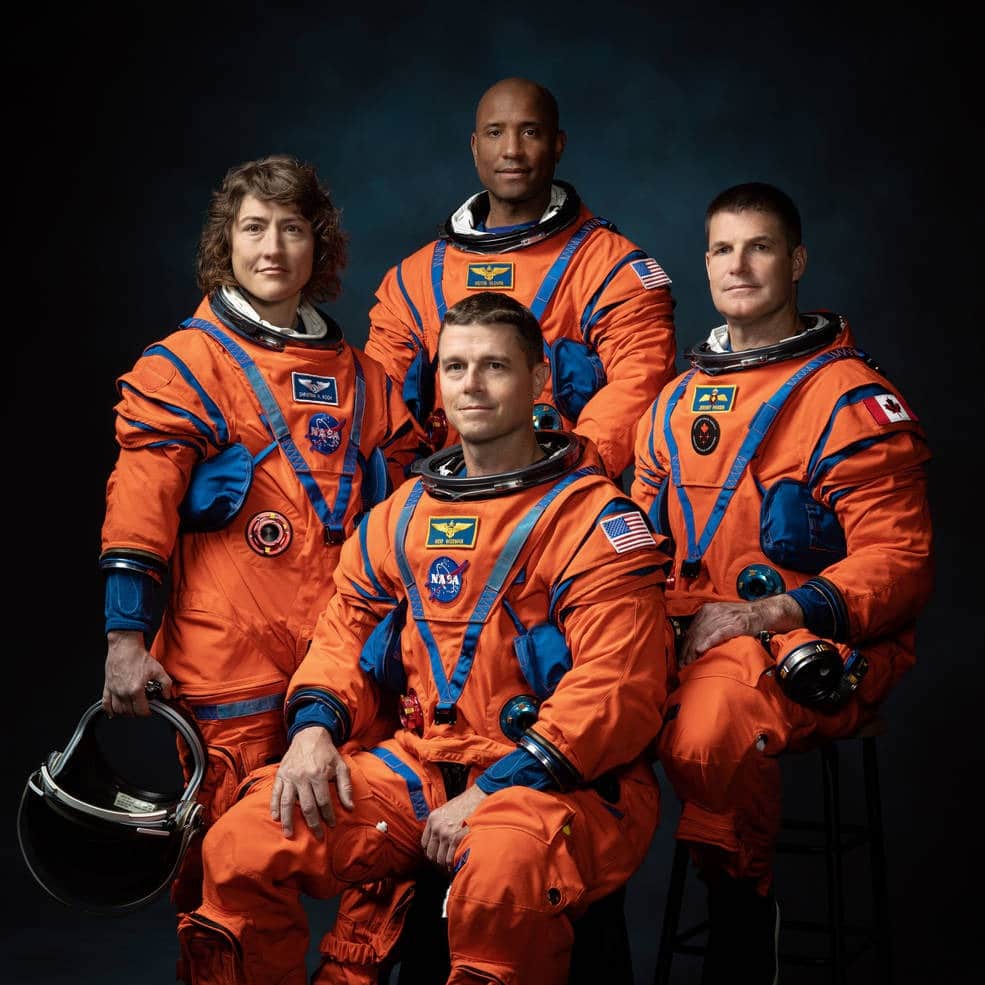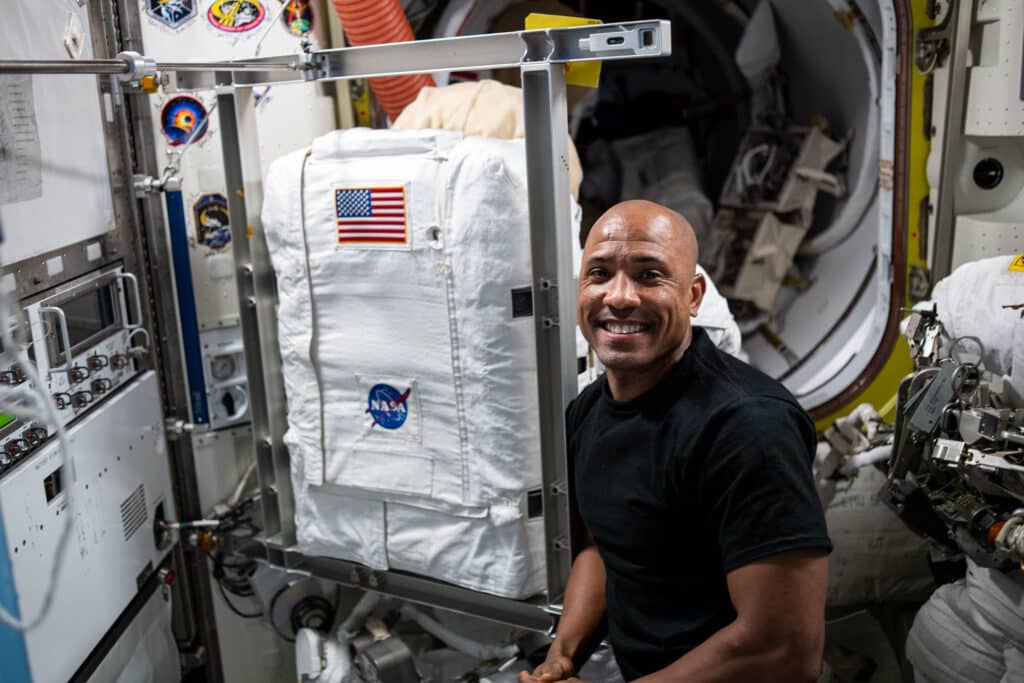
The flight and systems engineer victor glover, be part of the team of astronauts that will venture around the Moon on Artemis II, the first manned mission on NASA's path to establishing a long-term presence on the Moon for science and exploration through Artemis.

The native of Pomona, California, will pilot the ship that will carry the four astronauts - three of them American and one Canadian - thus marking a new milestone, being the first African-American to have a mission to the moon.
The announcement was made jointly by NASA and the Canadian Space Agency (CSA) Monday morning during an event at Ellington Field near NASA's Johnson Space Center in Houston.
The mission will be Glover’s second spaceflight, having previously served as a pilot on NASA’s SpaceX Crew-1, which landed on May 2, 2021, after 168 days in space. As a flight engineer aboard the space station for Expedition 64, he contributed to scientific investigations, technology demonstrations and participated in four spacewalks.
Crew assignments are Commander Reid Wiseman, Pilot Victor Glover, Missile Specialist 1 Christina Hammock Koch, and Missile Specialist 2 Jeremy Hansen. They will work as a team to execute an ambitious series of demonstrations during the flight test.
